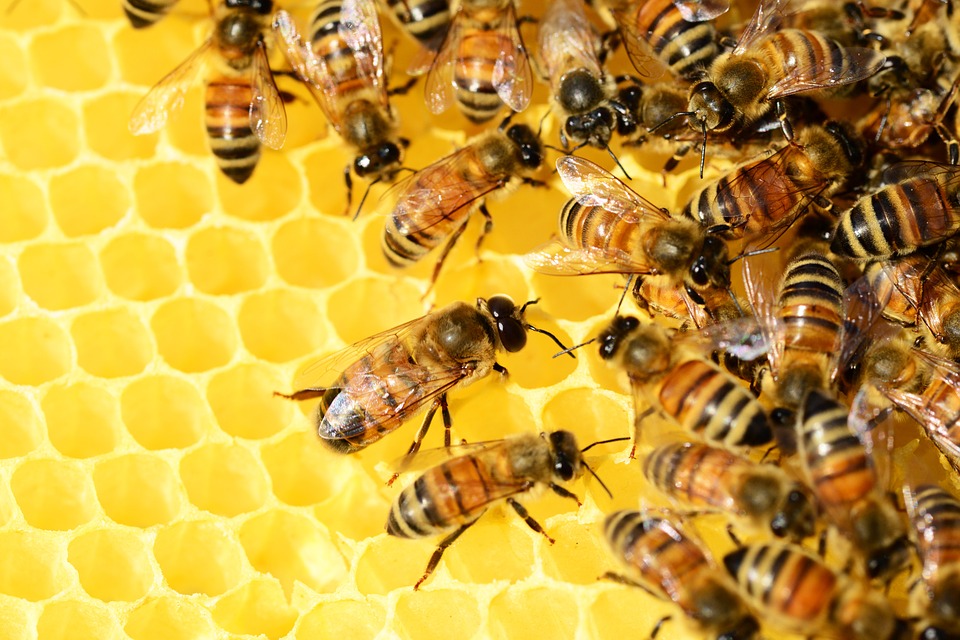By Amber Morin, Arizona Farm Bureau Field Manager and in ranching with her parents in Southwest Arizona
In a recent buzz-worthy blog, Arizona’s Agriculture’s Honey Story is Sweet, we took time to discuss the natural ebbs and flows of honey bee production. One of those causes is foraging options for nectar. In 1970 Arizona produced steady amounts of citrus across 80,000 acres; but as of 2012, the state grows just over 17,000 acres of citrus, a favorite foraging option for nectar (USDA). With less citrus to pollinate fewer food options exist for our friend, the bee.

The honey bee is a friend of agriculture, as honey bees are natures greatest pollinators! Pollination, the transfer of pollen grains between the male germ cell of a plant (anther) and the female reproductive system (stigma) in seed plants, is a vital process for both plants and humans. Without pollination, plants would not be able to reproduce and crop bearing plants would not be fertilized enough for food yields.
At this point, you might be asking, what can I do to help? Well, one simple answer is to plant a bee garden! Below are some plant options for you to consider:
- Flowers in the Asteraceae family are good options for bees because they don’t have to work too hard to get what they want. The flower presents its resources on a pedestal and even gives the bee a nice landing area. Flowers in the Asteraceae family are sunflowers, zinnia, daisies, and marigolds.
- Plant at least three different types of flowers in your bee garden to ensure blooms through as many seasons as possible. This will provide bees with a constant source of food.
- Spring – Crocus, hyacinth, borage, calendula, and wild lilac
- Summer – Cosmos, echinacea, snapdragons, and foxglove
- Fall – Zinnias, sedum, asters, witch-hazel and goldenrod are late bloomers
- Lastly, have a bee bath. Bees need a place to get fresh water. Fill a shallow container of water with pebbles or twigs for the bees to land on while drinking.
Don’t fret if you live in a place without a yard or garden space. You need only a small plot of land—it can even be a window container—to create an inviting oasis for bees and be an active participant in the agricultural landscape.

